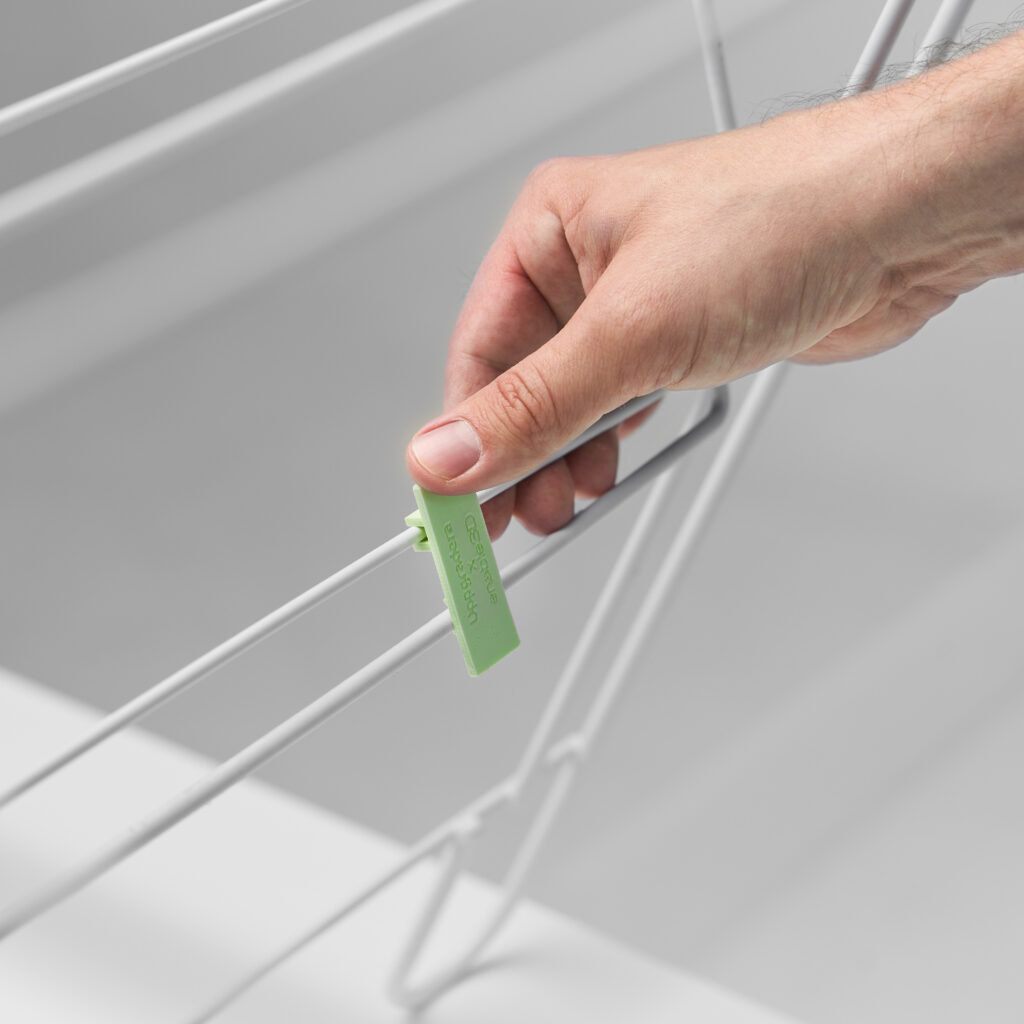Hacking IKEA products has been a hobby for numerous people, shared on various platforms for over a decade. From these endeavors, tens of thousands of enthusiasts have printed hundreds of thousands of products, including some personal favorites like my headphone holder, one of my most practical 3D prints. I’ve been augmenting and extending the functionality of IKEA products through various projects since 2009. The worldwide availability and affordability of IKEA’s offerings make them a tempting de facto standard.
Currently, designer Adam Miklosi is working to commercialize his IKEA-hacking brand UPPGRADERA. With its third collection now available, UPPGRADERA 3 can be downloaded from Enable 3D—a curated platform like Thingiverse that aims to promote co-design and sustainability. Adam has made five new products freely accessible. Enable 3D is on a mission to digitize a portion of the consumer goods industry with reusable materials, eliminating unnecessary transport.
“This is our second artist collection and we are super excited to see how the huge IKEA hacker community will respond to the designs. What we see here is the future of consumption where consumers play an active part in the creation of the final product. KEA’s approach for self-assembly has disrupted the furniture market. Maybe it is now their very own customers who start a second wave of disruption,” said Enable 3D founder Manuel Siskowski.
For IKEA, handling the hacking phenomenon has been complex. Initially, the company ignored this burgeoning movement. Then, somewhat clumsily, it requested the removal of designs from file sharing sites before introducing its own 3D printed collection in Germany. I wished that IKEA would have more actively engaged with this phenomenon. I even envisioned an IKEA hack lab where people could paint, customize, remake, repair, and extend their creations in-store.
I can empathize with IKEA’s reservations. If a hacked product fails and causes injury, it can lead to alarming headlines. The company certainly doesn’t want to see articles titled “Hacked IKEA Closet Crushes Customer.” The safety of repurposing products and the responsibility for 3D printed components remain ambiguous. If something goes awry, who is accountable: the part designer, the the file sharing site, the printer user, or IKEA ? It varies globally and depends on the circumstances.
While it’s often easy to coax companies into participating in the merry mayhem of 3D printing, we may need to have a little empathy for the huge mega corporation. However, I firmly believe in the freedom to modify and augment the things I purchase without infringement. We should be free to share and improve what we own.
To me, hacking IKEA is a right, and I appreciate Enable 3D’s goals. But I’m left confused about the advantage of this curated platform. With only five designs offered for free, where is the unique benefit? What does this platform provide besides curated selections? I question the shift from open source to free designs controlled by companies. I value open-source designs that can be remixed over those available for free with account registration.
Should we accept the fragmentation of download sites? Do we prefer a large, chaotic YouTube or many smaller platforms? Perhaps smaller sites could monetize IKEA hack designs. If Enable 3D tested and validated designs to improve them, it might add value. What are your thoughts? Do you share my concern about transforming an open-source market into one owned but made free by companies?
Subscribe to Our Email Newsletter
Stay up-to-date on all the latest news from the 3D printing industry and receive information and offers from third party vendors.
Print Services
Upload your 3D Models and get them printed quickly and efficiently.
You May Also Like
Making 3D Printing Personal: How Faraz Faruqi Is Rethinking Digital Design at MIT CSAIL
What if your 3D printer could think more like an intelligent assistant, able to reason through a design idea, ask questions, and deliver something that works exactly the way the...
Reinventing Reindustrialization: Why NAVWAR Project Manager Spencer Koroly Invented a Made-in-America 3D Printer
It has become virtually impossible to regularly follow additive manufacturing (AM) industry news and not stumble across the term “defense industrial base” (DIB), a concept encompassing all the many diverse...
Heating Up: 3D Systems’ Scott Green Discusses 3D Printing’s Potential in the Data Center Industry
The relentless rise of NVIDIA, the steadily increasing pledges of major private and public investments in national infrastructure projects around the world, and the general cultural obsession with AI have...
Formlabs Teams Up with DMG MORI in Japan
In late June, Nick Graham, Chief Revenue Officer at Formlabs, announced on LinkedIn that the company had partnered with DMG MORI, one of the world’s leading machine tool companies, to...



































